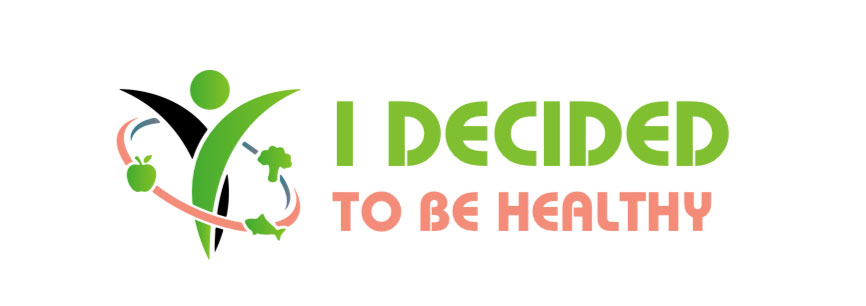The Role of Fiber in Gut Health: What to Eat and What to Avoid
We hear it all the time—fiber is essential for good digestion. But what does that actually mean, and how does fiber support a healthy gut? If you’ve ever wondered how fiber fits into the bigger picture of gut health, you’re in the right place. Today, we’re diving into the importance of fiber, what to eat for a fiber-rich, gut-friendly diet, and which foods to avoid.
Let’s get into it!
Why Fiber is Crucial for Gut Health
Fiber is a type of carbohydrate that your body can’t fully digest. But just because it doesn’t break down in the same way as other foods doesn’t mean it’s not important—quite the opposite! Fiber passes through your digestive system and plays several key roles, from keeping things moving to feeding your gut bacteria.
Here’s how fiber helps your gut:
- Feeds Good Gut Bacteria: Fiber acts as a prebiotic, meaning it provides food for the healthy bacteria living in your gut. A well-fed microbiome helps improve digestion, reduces inflammation, and even boosts your immune system.
- Promotes Regularity: Fiber adds bulk to your stool, making it easier to pass and preventing constipation.
- Balances Blood Sugar: Fiber slows down the absorption of sugar into your bloodstream, helping to stabilize blood sugar levels and prevent spikes.
Types of Fiber: Soluble and Insoluble
There are two main types of fiber: soluble and insoluble, and each plays a different role in gut health.
- Soluble Fiber dissolves in water and forms a gel-like substance in the digestive tract. It helps to slow digestion, regulate blood sugar, and can lower cholesterol. Soluble fiber is also particularly beneficial for feeding your gut bacteria.Where to Find It: Oats, flaxseeds, chia seeds, apples, and citrus fruits.
- Insoluble Fiber doesn’t dissolve in water, and its main job is to add bulk to stool and help food pass more quickly through the stomach and intestines. It’s essential for keeping things moving and preventing constipation.Where to Find It: Leafy greens, nuts, seeds, and cauliflower.
Lectin-Free, Fiber-Rich Foods for a Happy Gut
When following a lectin-free diet, it’s still easy to get plenty of fiber by focusing on non-starchy, gut-friendly vegetables and other natural foods. Let’s break down some top lectin-free fiber sources that can keep your digestion running smoothly:
- Avocados: Not only are avocados loaded with healthy fats, but they’re also a great source of fiber. Just one avocado contains around 10 grams of fiber!How to Enjoy: Add avocado slices to your salads, blend it into smoothies, or enjoy it as a spread on lectin-free toast.
- Flaxseeds: These tiny seeds are packed with fiber and are also a fantastic source of omega-3 fatty acids. Plus, they’re lectin-free and easy to add to your meals.How to Enjoy: Sprinkle ground flaxseeds into smoothies, mix them into yogurt, or use them in lectin-free baking.
- Leafy Greens: Spinach, kale, and Swiss chard are not only fiber-rich but also packed with essential vitamins and minerals. These greens are gentle on the digestive system and support gut health.How to Enjoy: Toss them into salads, stir-fries, or smoothies for a nutrient boost.
- Nuts and Seeds: Almonds, walnuts, and pumpkin seeds are excellent sources of fiber and healthy fats. They’re also great for snacking or adding to meals for a satisfying crunch.How to Enjoy: Add them to salads, eat them as a snack, or blend them into lectin-free nut butters.
Foods to Avoid for Gut Health (or Prepare Carefully)
While fiber is crucial, not all fiber-rich foods are gut-friendly for those following a lectin-free diet. Some high-fiber foods contain lectins, which can cause inflammation and digestive discomfort in sensitive individuals. However, with proper preparation, some foods like legumes can be enjoyed safely.
- Legumes: Beans, lentils, and peas are typically high in fiber and can be part of a lectin-free diet if they’re pressure-cooked. Pressure cooking significantly reduces the lectin content, making these foods more digestible and less likely to cause inflammation.
How to Enjoy: If you’re craving lentils or beans, make sure to pressure-cook them to minimize lectins and enjoy their fiber benefits without upsetting your gut.
- Whole Grains: Foods like wheat, barley, and oats may be fiber-rich, but they also contain gluten and lectins, which can disrupt digestion for some people. Swap out grains for lectin-free vegetables or nuts to maintain your fiber intake without the negative side effects.
- Nightshade Vegetables: Tomatoes, peppers, and eggplants are popular fiber sources but are high in lectins. If you’re lectin-sensitive, avoid these veggies and replace them with leafy greens or cruciferous vegetables.
Bottom Line: Fiber for a Happy Gut
Fiber plays an essential role in keeping your gut healthy and your digestion running smoothly. By focusing on lectin-free, fiber-rich foods like leafy greens, avocados, nuts, and seeds, you’ll nourish your gut bacteria, promote regularity, and feel better from the inside out. Just remember to avoid high-lectin foods like legumes and whole grains to keep your gut in balance!
Your gut will thank you!


